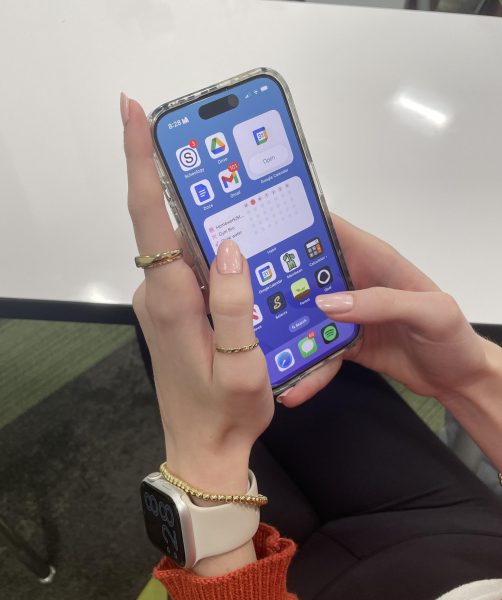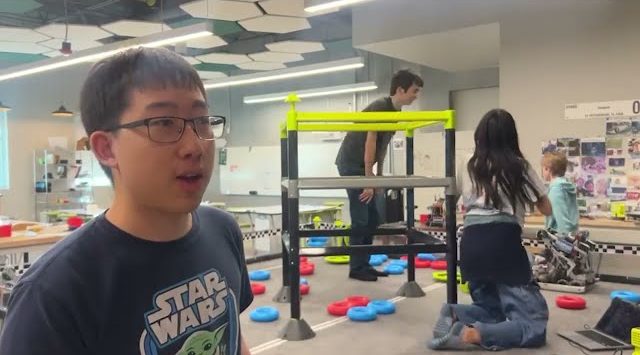Students today have often received a reputation for being easily distracted because of their access to an unlimited amount of information through their phones. On the contrary, a study by Harvard psychologists suggests it has always been human nature to focus on the things that are not currently at hand.

“The only thing that’s changed is the tools,” said Upper School English Department Chair Jake Seymour. “It’s not a defective quality among young people; it’s just part of being human.”
So why is this distraction so prevalent in younger generations? In short, it’s because of the creation of the internet, as it allows its users unlimited access to information and entertainment.
“If I want to know something, I wouldn’t want to go searching through books to figure it out, but now I can look it up easily,” said sophomore Izzi Brown. For students, however, the extraordinary benefit of the Internet may also be a fatal flaw.’
According to the Specialty Clinic of Austin, technology is labeled addictive because it releases dopamine in the brain, making it a quickly accessible source of stimulation and engagement. Because this plethora of entertainment is so readily available, it becomes extremely difficult for students to focus on less engaging activities, such as homework.
“When I have my phone near me, it’s really easy for me to go on it when I try to do homework,” said sophomore Luna Gillis.
The primary issue is a loss of focus for some when they have an escape right at their fingertips. Seymour said, “Because there are so many distractions, I believe it is harder for young people to resist their own impulse to escape into procrastination or to things that have more interest for them.”

Not only has accessibility to technology increased, but the variety of these online distractions has increased exponentially, making it even easier for students to find themselves overly engaged in technology. “We as humans escape into visual fantasy,” Seymour said. “That’s why we’re attracted to paintings and art.”
So how can students fix this problem? Separating oneself from devices may not help, as the addiction to technology that younger generations have developed may override physical boundaries, so the key is to create a mental space that effectively eliminates the desire for the immediate stimulation technology provides.
Gillis recommends sitting at a desk dedicated to studying and homework to separate the environment of a productive headspace from a distracted headspace, whereas Seymour suggests creating a reward system to entice the brain into focusing.
According to the University of Pittsburgh, the Pomodoro Technique is a great study method for focusing because it allows the brain to rest. This technique involves working for 25-30 minutes, taking a 5-minute break to recharge, repeating this for 4 rounds, then taking a 20-minute break.
As is true of all addictions, students’ addiction to technology can be managed to have a lesser impact on daily life. Seymour said, “We can all change behaviors and change habits through focused effort.”

![Thespians pose on a staircase at the District IV Thespian Festival. [Front to back] Luca Baker, Maddison Cirino, Tanyiah Ellison, Alex Lewis, Summer Farkas, Jill Marcus, Ella Mathews, Sanjay Sinha, Isabella Jank, Sofia Lee, Boston Littlepage-Santana, Sally Keane, Tyler Biggar, Tanner Johnson, Jasper Hallock-Wishner, Remy de Paris, Alex Jank, Kaelie Dieter, and Daniel Cooper. Photo by Michael McCarthy.](https://spschronicle.org/wp-content/uploads/2024/12/image1-900x1200.jpg)







































